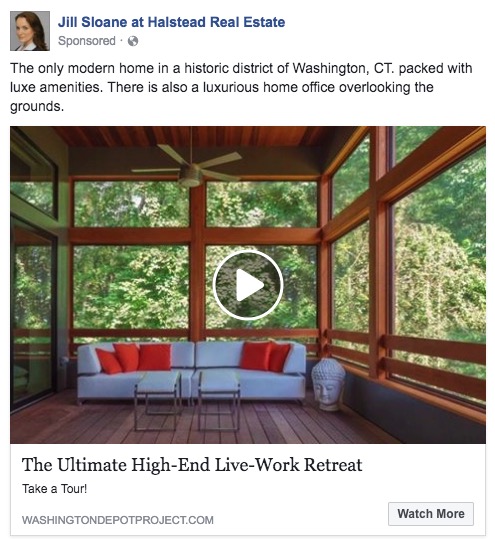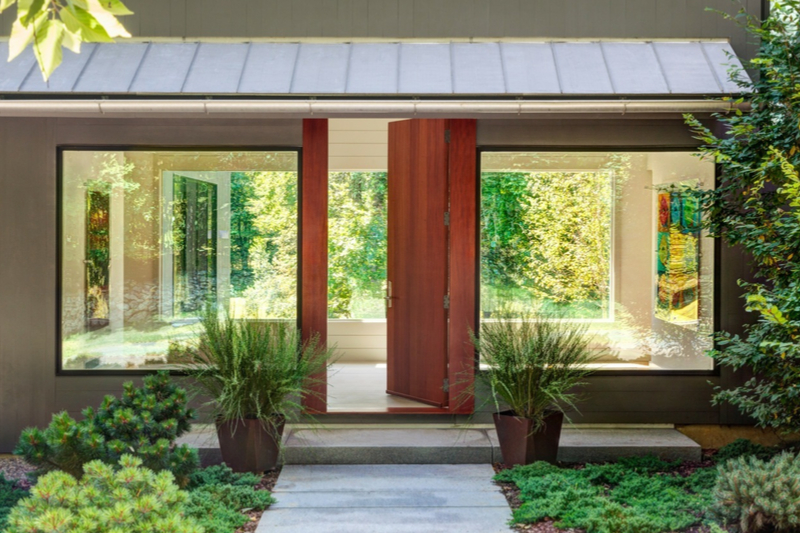The demand for luxury real estate among ultra-high-net-worth individuals is growing rapidly, according to a report by Wealth-X and Sotheby’s Real Estate,
While investment properties account for much of the new activity, an emerging trend shows that emotional value has as great an impact on purchasing decisions as practical and business value.
A home’s amenities, community, nearby schools and proximity to everyday services have become as important to buyers as projected property values, making content strategy — or targeting the right buyers online and telling a home’s story beyond the MLS stats — an increasingly important part of luxury real estate marketing.
Whether you are selling a high-rise penthouse or a 7,000 square-foot modern country estate, content marketing can help you reach buyers in a genuine and impactful way. Here is a list of tips you’ll need to get started:
The Tools
Blog and Website Content: The cornerstone of a broker’s internal content marketing efforts, a consistently updated, compelling blog or digital magazine instills trust in a broker’s expertise while driving traffic to his/her site. This is where you can offer genuine advice on the neighborhood, recent happenings, up-and-coming developments and other factors that can influence buyers’ decisions.
Creating continuously fresh content also boosts your SEO, and allows you to remarket to your site visitors. Clearly define your customer audience first and only create content for that audience.

Video: Perhaps the most powerful tool for evoking emotion within buyers, video has become one of the most popular mediums for selling luxury and commercial real estate.
Styles range from the kitschy (like this James Bond-inspired tour), to in-depth interviews with the architects, like the 818 Agency-produced storytelling series for the Washington Depot Project, a custom home on 10 acres built in Litchfield, Connecticut.
The technology is now in place on Facebook, Linkedin, and Instagram that enables you to capture audiences using video – and then deliver targeted ads or additional content to them at a later date.
As more brokers and brokerage firms are finding success with video, the tool has become prevalent beyond the luxury realm to encompass all types of real estate, especially large-scale commercial developments.
Content Placement: Real estate ads have become far more diverse than the standard photo with a tagline as publishers have become ever more open to integrating sponsored content within their sites and editorial coverage. Going beyond advertorials, sponsored content might now include short films, interviews, photo essays or community pieces, making paid placement an important part of content strategy.
Tactical PR: A close cousin of content marketing, standard PR is another important component in the overall content strategy for luxury real estate. The endorsement of a top-tier lifestyle publication can attract an audience beyond a broker’s personal network while giving a property the caché that paid placement often doesn’t.
Securing a story in the news, however, requires a news angle — which can take some creativity. One approach is to tie the sale of the home to current design trends, architect Q&As, and key features that are trending in the marketplace. The “tactical” piece of this means that you’re not pitching everyone – just a handful of top-tier publications with exclusive coverage.
Paid and Organic Social Media: A crucial tool for all content marketing efforts, social media can be the targeted megaphone for the editorial content currently in your arsenal like blog posts, photography, and video. Paid social campaigns on Facebook, Instagram, Pinterest, and even Linkedin can build very powerful target audiences.

Did you know you can use Facebook to build an audience of people who have watched a certain percentage of your video content? The more someone watches, the better the audience.
Private Events: Once you’ve built up your digital audience it’s time to host a small, private event at your property featuring influencers that specifically have the audience you are looking to attract. Some ultra high-end buyers are not necessarily on social media (but their kids are) so “influence” can mean a different chanel altogether.
Selective Direct Mail: Take the time to build very selective mailing lists so you can mail a thoughtful piece. Receiving something in-hand works.
Partnerships: partner with existing communities that have these two high-net audiences. For example: Tiger 21, Neuehouse Workspaces, Soho House, Private Clubs.
Audience Strategy: For the 1 percent it’s important to keep the following in mind as you build your content and customer acquisition strategy:
1) Make sure you market to the top 1 percent audience via the channels they are already on (these might not be digital) Conduct 1-1 interviews to establish this customer “persona” first.
2) The kids/younger relatives of the 1 percent who are Gen-x, Millennial and completely digital. This is how the older 1 percent discovers new events, products, etc.
Now let’s get started.




